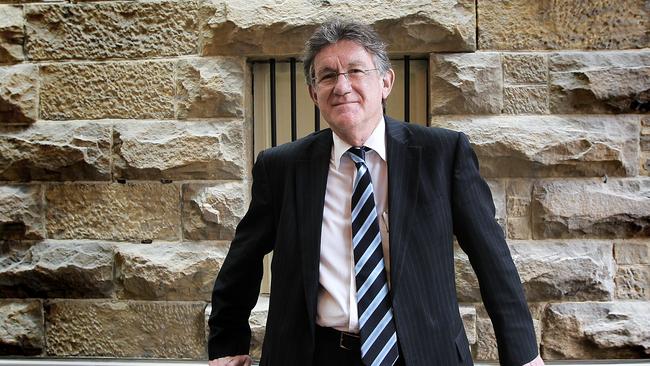Coronavirus: experts applaud government’s targeted stimulus response
Economists have applauded the federal government’s $66bn economic rescue package as a well-crafted set of measures.

Economists have applauded the federal government’s $66bn economic rescue package as a well-crafted set of measures, while acknowledging it will take decades to pay for.
Scott Morrison said the second round of fiscal measures would “focus on those who will be feeling the first blows of the economic impacts of the coronavirus”.
The latest package provides further assistance to small businesses via boosted wage subsidies and access to loans, as well as a new “safety net” wage for workers who lose their jobs — and for the already unemployed — paid at double the rate of the Jobseeker allowance.
NAB chief economist Alan Oster described the package as “another useful and carefully crafted response that directly addresses the nature of the shock currently impacting the Australian economy and Australians”.
ANZ senior economist Cherelle Murphy said it “now looked likely” that this year’s federal budget, which the government on Friday pushed back to October, would record an underlying cash deficit of close to $30bn, equivalent to 1.5 per cent of GDP.
The deficit could rise towards $40bn in the next financial year, and Ms Murphy noted that as more parts of the economy were shut down in an effort to control the spread of the virus, the figure was more likely to be higher than the estimate, rather than lower.
Mr Oster warned: “With the overall economy already in a serious health crisis-induced recession, it’s likely that the budget deficit will rise sharply over the next 12 months.” Perhaps, he said, to between 5 and 6 per cent of GDP, equivalent to more than $100bn — or “possibly more”.
Economists were unwilling to estimate the ultimate cost of supporting the economy through the pandemic, or to put a figure on how much government debt would need to rise, other than to say it would be substantial.
“Absolutely we will be paying for this for decades,” PwC chief economist Jeremy Thorpe said, adding the government was right to go big now, rather than risk providing an insufficient response to the economic challenges ahead.
“The biggest cost comes if you undershoot rather than overshoot,” Mr Thorpe said.
“If you multiply the measures by 10, then burdening future generations becomes a problem, but at the moment it doesn’t feel like it.”
Deloitte Access Economics partner Chris Richardson said the cost of the packages should not be the key consideration.

“The right phrase is ‘whatever it takes’,” Mr Richardson said.
“It’s clearly very well spent. It’s understood that it comes with a big price tag, and everybody should applaud. At some stage, the crisis will be over and we’ll want to be able to look each other in the eyes and be proud of what we did as Australians.”
While the Prime Minister was quick to claim a $189bn figure across the first and second stimulus packages, Citi chief economist Josh Williamson put direct fiscal support at $92.7bn, or 4.6 per cent of GDP.
Josh Frydenberg pointed to analysis by his department that the total stimulus measures announced so far would be equivalent to 5 per cent of GDP in the June quarter, and about 7 per cent in the September quarter.
“This does not take into account the dramatic impact of the coronavirus virus, and it’s too hard to be definitive about that,” the Treasurer said.



